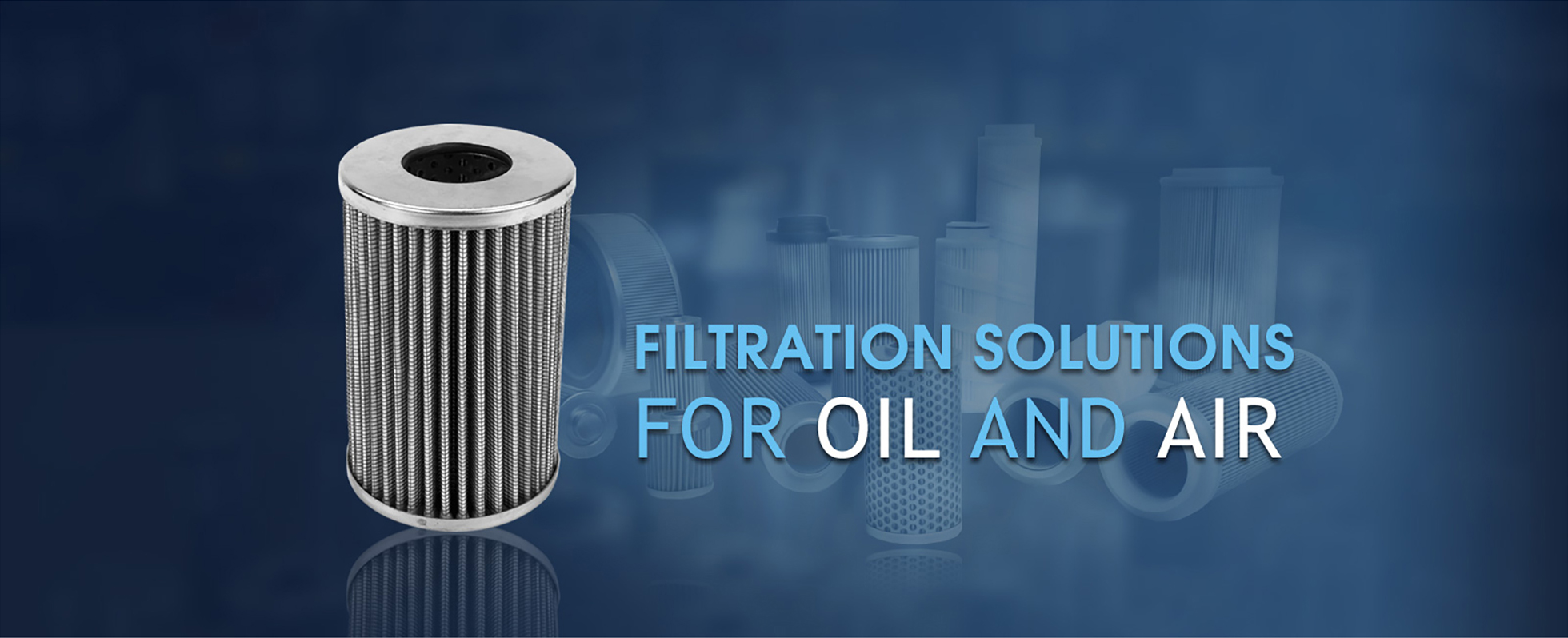
10 月 . 13, 2024 22:49 Back to list
Specifications and Dimensions for 6205 Ball Bearings in Various Applications
Understanding the Dimensions of 6205 Ball Bearings
When it comes to the world of mechanical engineering and machinery, ball bearings are essential components designed to reduce friction and support rotating shafts. Among the various types of ball bearings, the 6205 ball bearing stands out for its versatility and widespread application. This article explores the dimensions, characteristics, and applications of the 6205 ball bearing, providing a comprehensive overview for engineers, mechanics, and hobbyists alike.
What is a 6205 Ball Bearing?
The 6205 ball bearing is part of the 6200 series, which is characterized by its deep groove design. This type of bearing is typically used to facilitate smooth motion between stationary and moving parts in machinery. It consists of an outer ring, an inner ring, a cage, and a set of balls. The 6205 ball bearing is designed to accommodate radial and axial loads, making it suitable for a myriad of applications.
Dimensions of the 6205 Ball Bearing
The dimensions of the 6205 ball bearing are standardized, allowing for compatibility across various applications. Here are the key dimensions
- Inner Diameter (ID) 25 mm - Outer Diameter (OD) 52 mm - Width (W) 15 mm
The 6205 bearing's dimensions ensure it can fit in various housing configurations. These measurements are crucial for engineers and manufacturers to ensure correct installation and optimal performance.
Load Ratings
Understanding the load ratings of a 6205 ball bearing is vital for determining its suitability for specific applications. The dynamic load rating, often denoted as C, indicates the maximum load the bearing can withstand while in motion. For the 6205 bearing, the dynamic load rating is approximately 10,400 N (Newtons), whereas the static load rating (Co) is around 5,700 N. These ratings help engineers select the right bearing based on their load requirements.
6205 ball bearing dimensions

Materials and Design
The materials used in the construction of the 6205 ball bearing significantly impact its performance and lifespan. Most commonly, these bearings are made from high-carbon chromium steel, which provides excellent wear resistance and durability. Additionally, some manufacturers offer ceramic or hybrid bearings, which feature ceramic balls and steel rings. This configuration can reduce weight and friction and enhance performance in high-speed applications.
The design of the 6205 ball bearing also includes features such as seals and shields. A sealed bearing, for example, has rubber seals on either side to retain lubricant and prevent contaminants from entering the bearing race. This is particularly important in applications where cleanliness is paramount, such as in the automotive and aerospace industries.
Applications of the 6205 Ball Bearing
The 6205 ball bearing is highly versatile and is used in various applications, including but not limited to
1. Automotive Commonly found in engines, transmissions, and wheel hubs. 2. Electric Motors Facilitates smooth operation and reduces wear in motor applications. 3. Agricultural Equipment Used in machinery such as tractors and harvesters for reliable performance. 4. Home Appliances Present in devices like washing machines and vacuum cleaners, ensuring longevity and efficiency. 5. Robotics and Automation Essential for precise movements in robotic arms and automated machinery.
The broad usage of the 6205 bearing demonstrates its reliability and importance in maintaining machinery performance across different industries.
Conclusion
In conclusion, the 6205 ball bearing is an indispensable component in many mechanical systems, known for its reliable performance and adaptable dimensions. With its inner diameter of 25 mm, outer diameter of 52 mm, and width of 15 mm, it effectively meets the demands of various applications. Understanding its load ratings, materials, and design features can guide engineers and designers in selecting the appropriate bearings for their specific needs. As technology advances and machines become more sophisticated, the importance of quality bearings like the 6205 will only continue to grow.
Latest news
-
Unlocking Efficiency with Spherical Roller Bearings
NewsOct.29,2024
-
The Ultimate Guide to Thrust Ball Bearings
NewsOct.29,2024
-
The Power of Thrust Roller Bearings: Engineered for Excellence
NewsOct.29,2024
-
The Power of Deep Groove Ball Bearings for Your Application Needs!
NewsOct.29,2024
-
The Power and Performance of Cylindrical Roller Bearings
NewsOct.29,2024
-
High-Quality Ball Bearing Manufacturing Machines
NewsOct.29,2024
